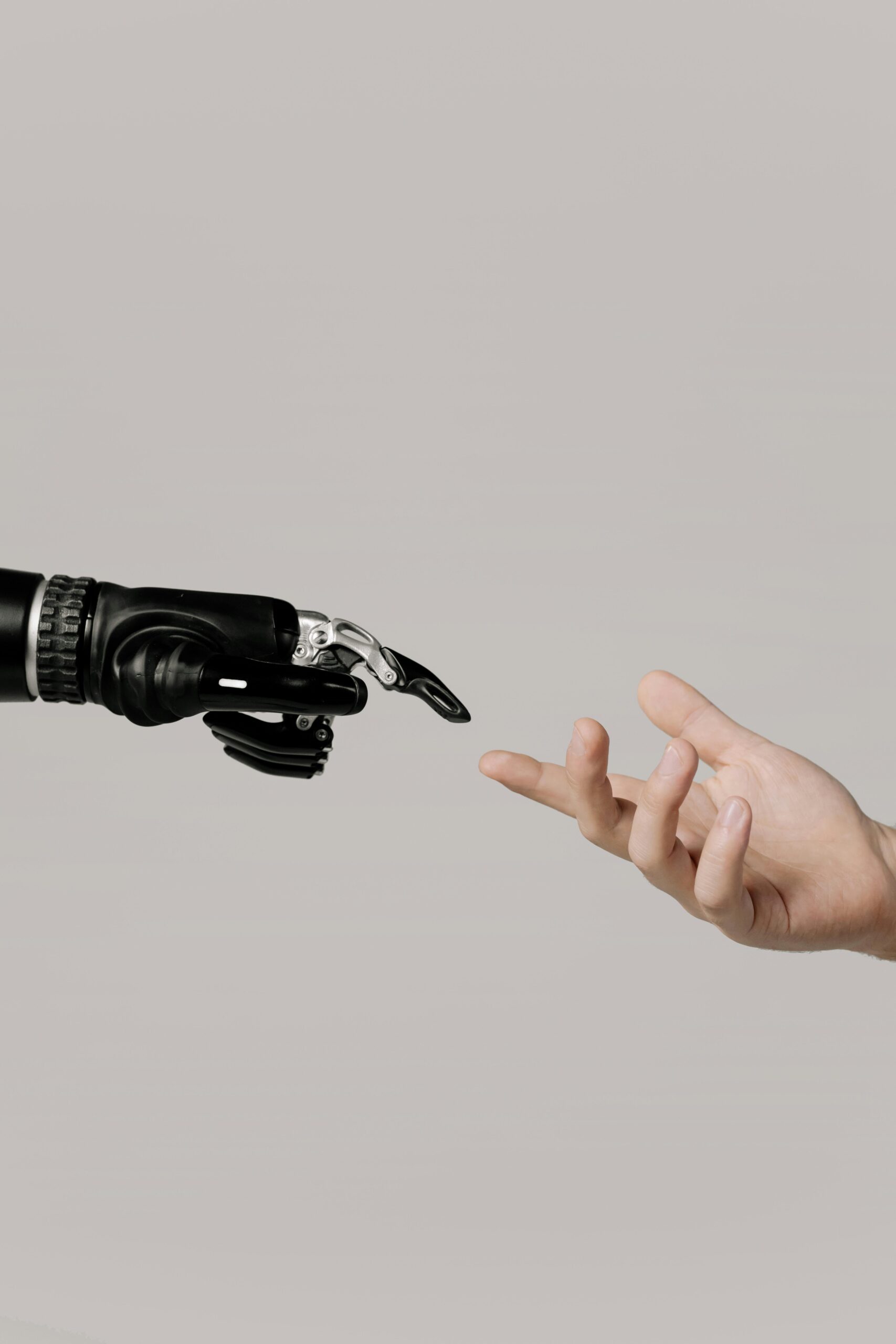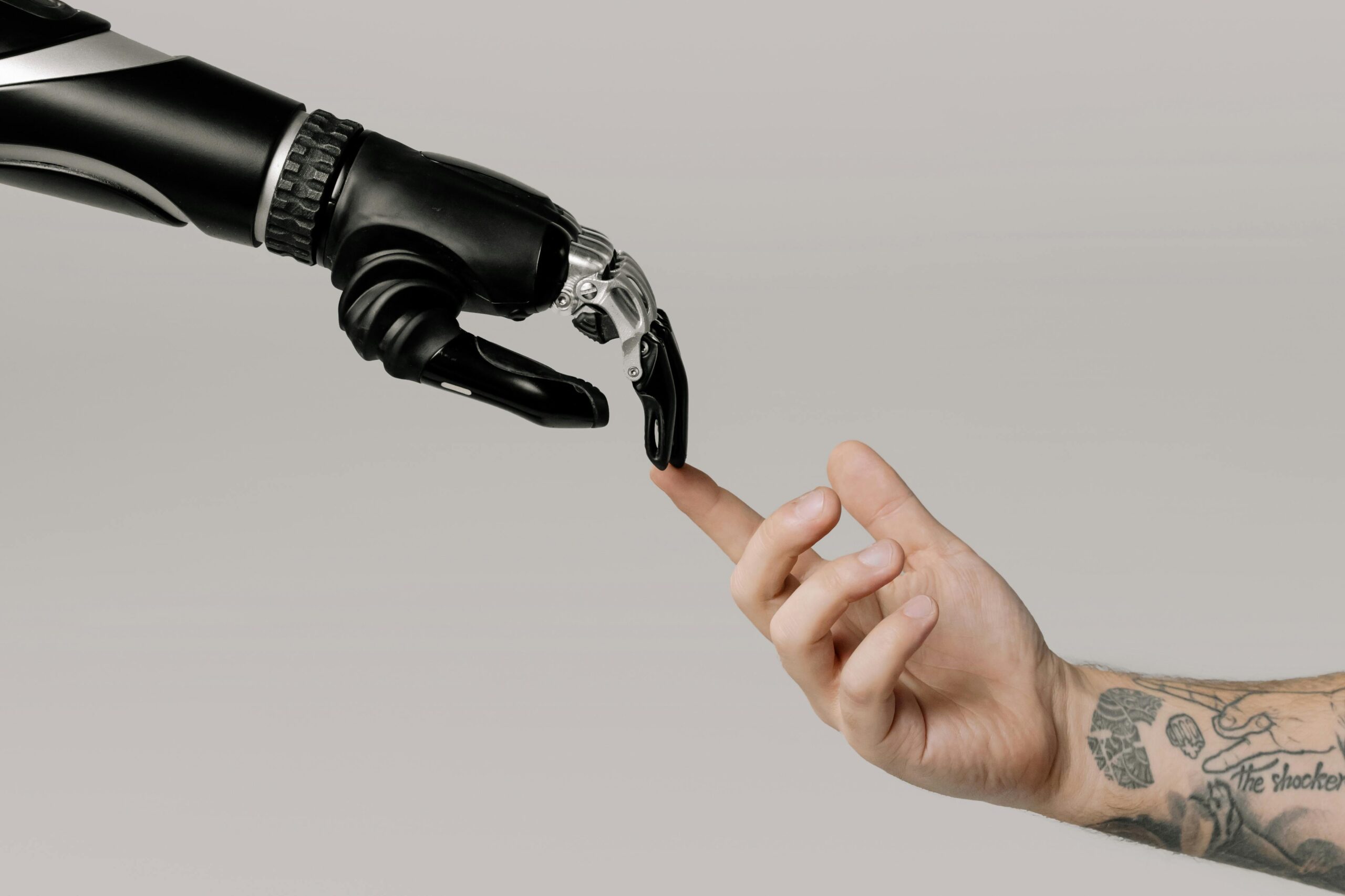The Changing Tide: A Quick Anecdote
A few years back, I worked with a large global enterprise to streamline their Order to Cash (O2C) process. We set up a robust Business Process Management (BPM) architecture, integrated it with middleware, and automated the usual suspects: invoicing, billing, and order tracking. It was a success — until the company realized their data was scattered across multiple silos. They wanted deeper insights and predictions, not just a slick workflow.
“Can our process engine also forecast demand?” the CFO asked.

At the time, the answer was: “Not really — unless we call in a separate AI solution.”
Fast-forward to today, and we see new, more powerful AI Agents that can orchestrate workflows and tap into AI Models for decision-making. The gap between automation and intelligence is finally closing, bringing greater operational resilience and competitive advantage.
Why My Book & Why Now?
Last year in my book, Enterprise AI: Strategic Blueprint for Purple People, I explore how large organizations can harness AI across sprawling units and geographies without losing focus or momentum. Early on, I emphasized a distinction between non-cognitive, rules-based tasks — Automation — and cognitive, judgment-oriented tasks — Intelligence.
Enterprise AI: Strategic Blueprint for Purple People
Amazon.com: Enterprise AI: Strategic Blueprint for Purple People: 9798326928146: Manna, Mahmudur Rahman: Books
Why does this matter in 2025 and beyond?
Because businesses must handle both: the mundane grunt work (creating purchase orders, logging invoices, etc.) and the strategic insights (forecasting, risk modeling, personalized recommendations). If you only automate the drudgery without empowering strategic decisions with AI, you miss out on transformative innovation. Conversely, if you adopt fancy AI Models without a strong operational foundation, you’ll end up with brilliant ideas stuck in an unmanageable tangle of processes.
And what about the “Purple People?” They are the invaluable professionals who bridge the worlds of business and technology — equally comfortable with strategic objectives and technical realities. The frameworks laid out in my book are specifically designed to empower these individuals, showing them how to lead AI-driven initiatives that align with core enterprise goals.
From BPM & Middleware to AI Agents
For decades, BPM and middleware solutions have been the unsung heroes in enterprise landscapes. Think of BPM as the “orchestra conductor,” telling various applications, people, and data sources when to play their part. Middleware is the “communications hub,” ensuring data moves seamlessly across systems.
But traditional BPM can only do so much. Rules-based flows handle straightforward conditions: “If invoice is overdue, send email.” That’s fine until the real world intrudes with uncertainty, exceptions, and the need for quick adaptation. When supply chains fluctuate or payment behaviors shift, static rules can’t keep pace.
Enter AI Agents: They build on that BPM foundation but add memory, chaining, and flexible decision-making. They can recall earlier steps in a process, dynamically shift based on new data, and coordinate multiple AI Models to handle changes in real time.

This evolution means BPM is no longer limited to “if-then” scripts — now, it can adjust and re-route based on predictive insights from your AI Models, reinforcing more resilient processes.
Automation (AI Agents) vs. Intelligence (AI Models)
Here’s the big takeaway: AI Agents and AI Models are not the same thing, though they often work hand in hand.
AI Agents (Automation)
- Best thought of as “digital workers” carrying out tasks.
- Operate within or on top of BPM or workflow systems, orchestrating step-by-step operations.
- Have “memory” and “chaining” capabilities — i.e., they can hold context about what happened in Step A as they move on to Step B.
- Example: In a procurement process, an AI Agent checks stock levels, compares supplier bids, and fires off a purchase order with minimal human intervention.
AI Models (Intelligence)
- Mathematical or statistical engines that produce insights, predictions, or recommendations.
- Typically trained on large datasets — think machine learning, neural networks, or large language models (LLMs).
- Example: A demand-forecasting model that predicts sales volumes or an LLM that analyzes customer feedback to recommend new product features.
One “does” the work, the other “thinks.”

By combining them, you get a closed loop: the AI Agent orchestrates tasks, calls an AI Model for analysis, and returns to the workflow armed with fresh intelligence. This synergy can significantly reduce errors, improve adaptation to market shifts, and free teams to focus on creative problem-solving.
Real-World Snapshot: Upgrading O2C with AI
Let’s revisit the O2C process:
Traditional BPM
- You’d have a workflow that triggers an invoice upon shipment, sets payment reminders, and updates inventory in the ERP.
AI-Enhanced O2C
- An AI Agent continuously monitors orders.
- If a high-value order goes unpaid beyond a certain point, the agent calls a credit risk model (an AI Model) trained on historical payment data.
- Depending on the risk score, the agent either escalates to a credit control team or sends a personalized offer for partial settlement.
In this scenario, the synergy is clear. The agent is the actor performing tasks; the model provides predictive intelligence. Together, they can reduce revenue leakage and build better customer relationships, directly impacting both top-line growth and operational efficiency.
Market Direction: Anthropic, Microsoft, OpenAI, & More
Anthropic’s research emphasizes building effective AI agents by combining large language models (LLMs) with tools and memory to create flexible, model-driven decision-making systems. Other players — Microsoft with Copilot, OpenAI with ChatGPT plugins — are also integrating “agent-like” orchestration layers that manage data retrieval, call external APIs, and adapt to user or system inputs in real time.
The consistent theme is clear: every major AI provider is racing to give businesses an agent that doesn’t just answer questions but takes action. This action-driven approach builds directly on BPM philosophies




